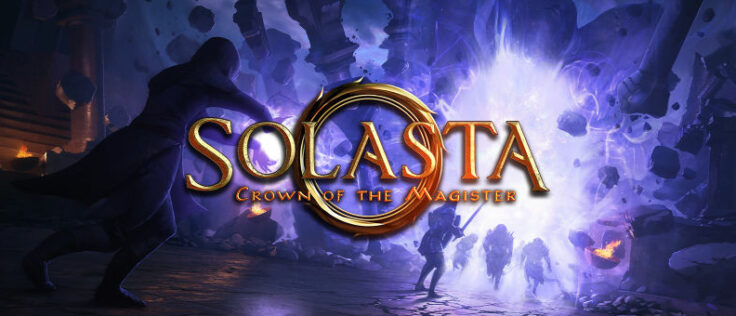Explore dungeons and fight your enemies while following the D&D 5e ruleset in the fantastic game that is Solasta
Type: Single-player
Genre: RPG
Developer: Tactical Adventures
Publisher: Tactical Adventures
Release date: 20 Oct, 2020


Overview
Solasta: Crown of the Magister is a turn-based RPG following the “new” ruleset of the fifth edition of Dungeons and Dragons. Here on Save or Quit, the title was already previewed by me during the very first stages of its Early Access period: in that preview, I described Solastas as a title with “great potential to become a really good turn-based RPG”, despite some quirks of the title. Now, Solasta is moving fast into its 1.0 release, with its full campaign and a dungeon builder available: has the title made the quality leap I was hoping for?
Starting of Great…
Similarly to its tabletop counterpart, the first thing you will have to do in Solasta is creating your party: this is done by picking some pre-generated characters or, even better, by creating your own. Similarly to what I wrote in the preview, I can’t but praise the character creation in Solasta: the 5e ruleset od D&D gives a lot of flexibility to characters, allowing the player not only to pick race and class of the adventurer, but also its beliefs and class modifiers, all in a pretty clean and easy to navigate interface. Speaking of classes, I was hoping to have the complete set available in the pen and paper version of the game, but Solasta will only feature six of them: Fighter, Paladin, Cleric, Rogue, Ranger and Wizard. This leaves out classes that, in my opinion, are extremely interesting, but that in some cases would’ve clashed with the title’s setting.
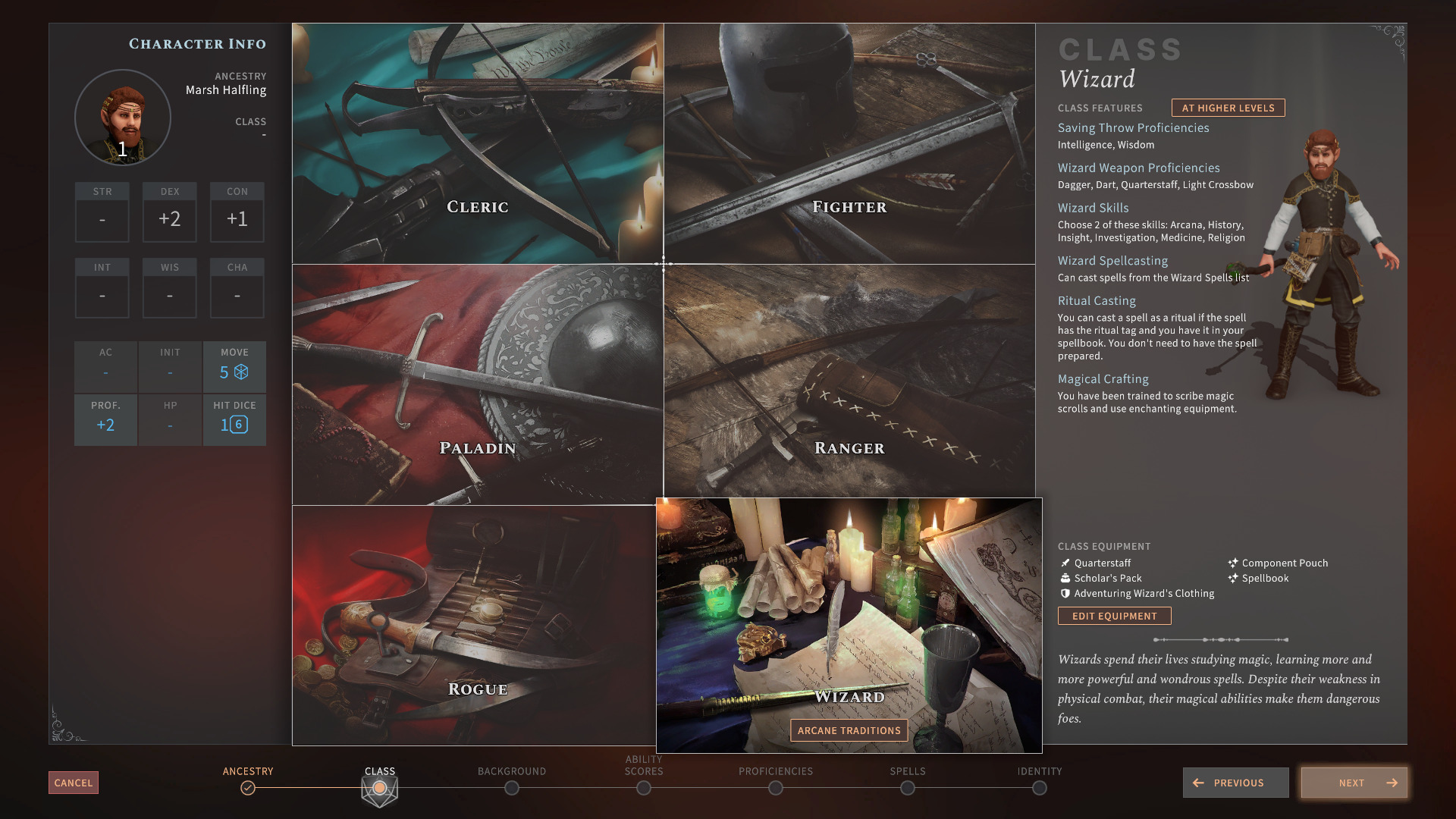
While missing some of D&D’s original classes, Solasta introduces additional “subclasses”, like the wizard’s arcane traditions or the cleric’s domains, that better reflect the world where the game is set: one example is the paladin’s Oath of the Motherland, for which the paladin dedicate his/her entire life to the restoration of the pre-cataclysm world.
The World after the Cataclysm
Solasta is set in an interesting fantasy world where humans thrived after a magical disaster. This event, called the Cataclysm, destroyed the former empire that once ruled the continent, twisting the land in weird and terrifying ways. We start playing one thousand years after that event, a point in time where the outer provinces of the empire, which were further away from the magical epicentre, have been able to develop and thrive into small nations. The party will start in the Principality of Masgarth, which is situated at a safe distance from the badlands – the territories that got hit the heaviest by the cataclysm – but also has a safe passage to access them. Why would you choose to explore dangerous and twisted lands where dangerous magic and dark creatures sprout from the abyss of the earth? For lost imperial artifacts, of course!
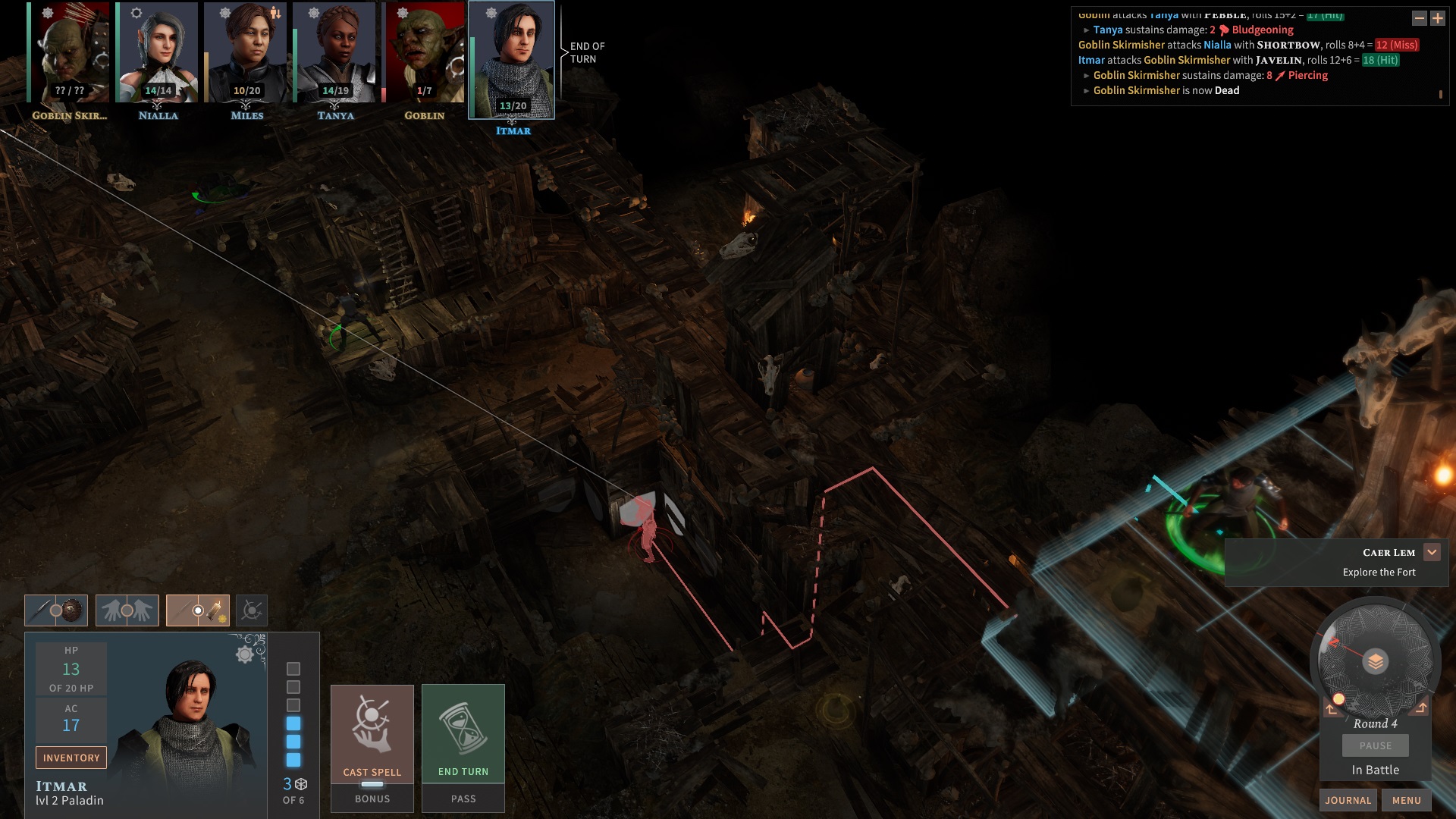
Players can get a taste of the badlands very early in the game and I can easily say that they are pretty fascinating: exploring lands twisted so much by magic that whole towers can be found developing horizontally from rocky walls clearly has its charm. Another aspect that I loved about Solasta is the diversity of its environments and events, both when it comes to combat and challenges: one minute you are fighting against goblins, then suddenly you are in an ancient dungeon filled with arcane magic, then you end up exploring an abandoned fort attacked by mysterious creatures. And everything is organically linked, moving naturally from one encounter to the other, unlike many games that throw random enemies at your face in an unorganized way for the sake of diversity.
Nat20
As I already said in my original preview: “fighting can happen at different levels on all maps, and some even make verticality their main component, making combat interesting and more challenging”. What Solasta does is take the D&D 5e ruleset and apply it perfectly as a videogame, adding then a lot more aspects that would be hard to manage in the pen and paper version of it: verticality is one of these aspects, with almost every combat happening at different levels, sometimes in places that are crafted to be played around different heights. One of these kinds of combats can be found early in the game, where you find yourself fighting lizardmen in a huge corridor where the floor crumbled, leaving small and huge pillars where the monsters and party can jump on and move around, allowing for greater freedom when it comes to the approach to the fight.
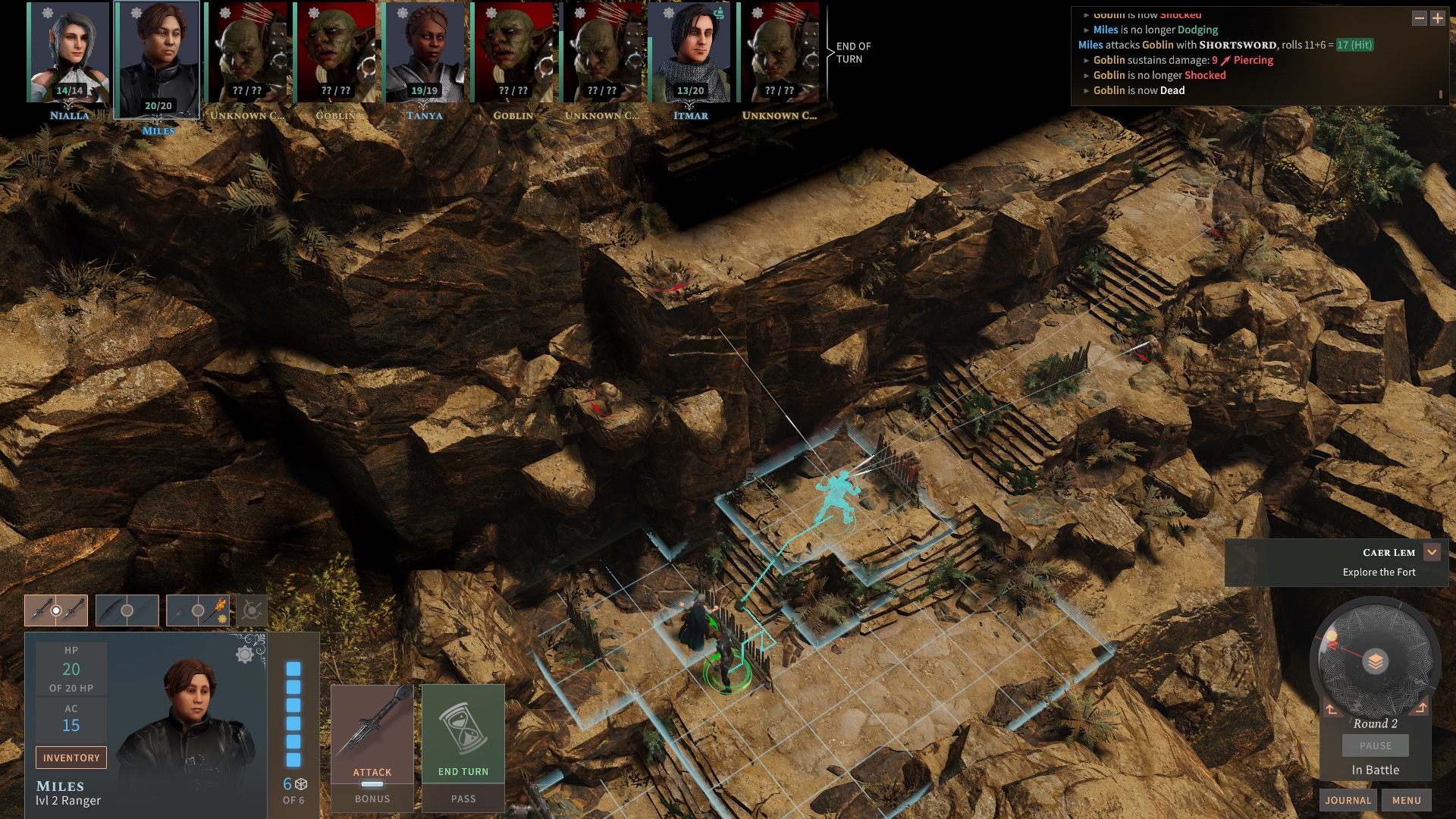
The management of the party during combat is also easier, thanks to the clear interface of the game, which also pauses the action and notifies us in the case of triggered actions. The UI also states very clearly whether characters have visual on enemies before moving to a certain tile or if they are granted advantage/disadvantage before performing a certain action, also explaining why it is so. The variety of situations your party will find itself in also means that many spells and cantrips and originally could seem almost useless, can instead be incredibly useful in many situations: turns out that picking the light cantrip for my human cleric was the right choice! Humans don’t have darkvision and this cantrip allows me to take on fights without having to drop my shield in favour of a torch, since I can cast light on my mace, making it glow of a light that removes the disadvantage for unlit enemies.
Exploration
Solasta, like Dungeons and Dragons, offers exploration in two different formats: the first one is situated on the overworld map and takes place where the party is moving between different, far away, locations. This is an aspect of the game where the player doesn’t have a lot of control since the game manages everything on its own: only a few decisions are left to the player, like the speed of the party, but otherwise long rests, food provisions and other aspects are left to the game AI. This doesn’t mean that player’s choices are irrelevant, though, and some of mine proved to be very useful for the long travels my party had to sustain: one of these was, for example, picking the goodberry spell for my ranger, which allows him to cast a spell on a few berries and make them work like an entire food ration.
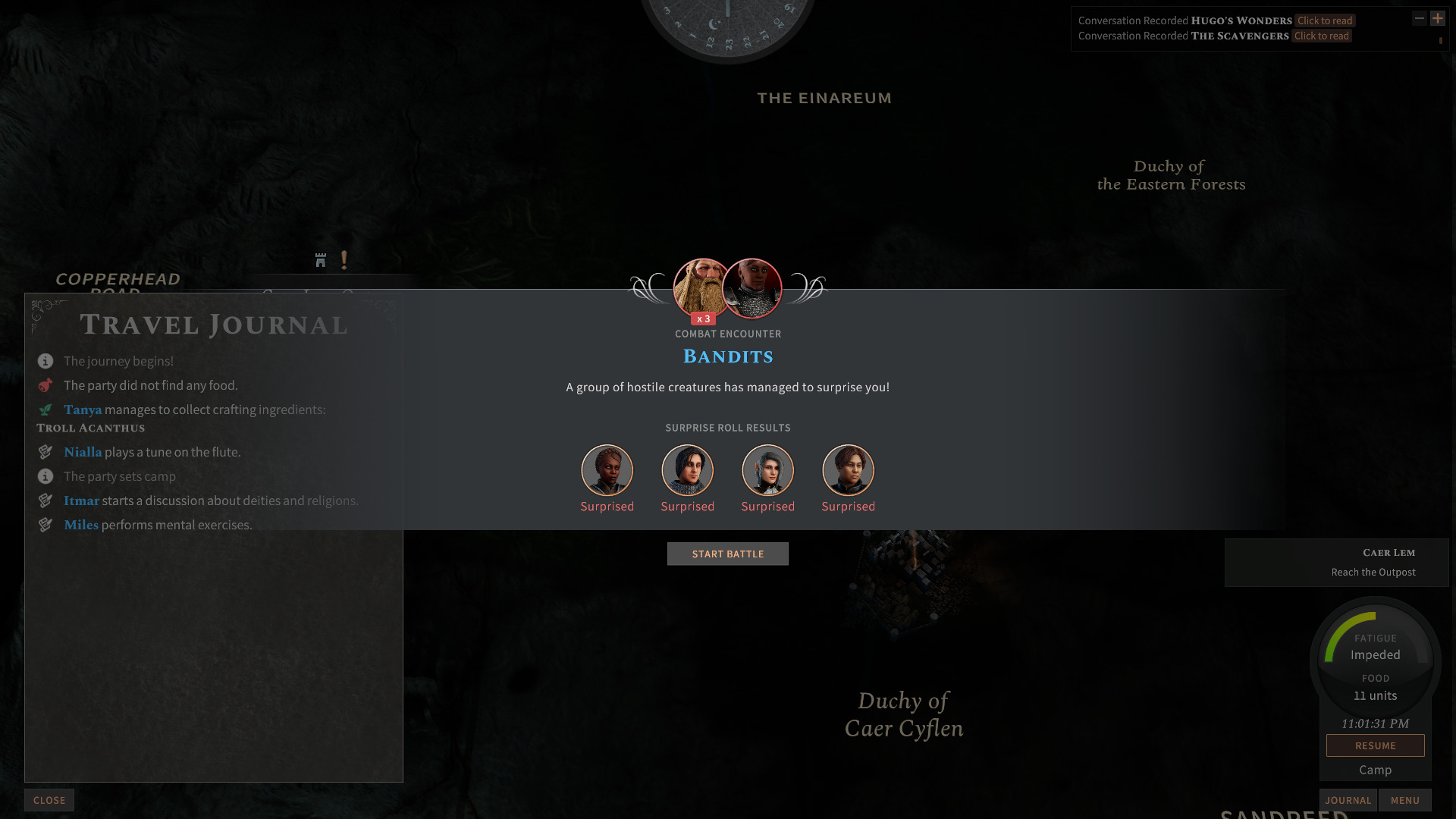
The second kind of exploration is the in-map one, where you control the single characters that shape your party and move them around the locations. While combat happens in a turn-based fashion, exploration is completely in real-time, with the possibility of pausing the game. This aspect of the game is made great by the cure that went into the crafting of the different locations, both in terms of map tiling and graphics, making the discovery of new places, and the challenges that they hide, particularly interesting. Exploration can be approached in many ways, with a stealth option in the case where you feel danger lurking around corners: taking enemy groups by surprise can be extremely effective and can change the tide of battle in your favour, allowing you to place your characters according to the advantage points of the map and even use the environment to crush your enemies before the battle begins!
The Faults of a Small Team
Solasta doesn’t come, unfortunately, without some smaller problems. While graphics are great when it comes to map aesthetics, the same cannot be said about the party characters, something that I also noticed in the preview of the game: simply said, the vast majority of characters within the game are horrible looking, featuring terrible faces and eyes devoid of life. This isn’t noticeable at all while actually playing the game, since you can only see the characters from far above, but for some weird reason the development team chose to have cutscenes, during dialogues and important moments in the story, in which the characters can be seen frontally. Another aspect of the game that makes me turn up my nose is the emptiness of the cities featured in the game: besides for the few important NPCs and some secondary ones, cities feel empty and abandoned, while they should be full of life and activity instead.
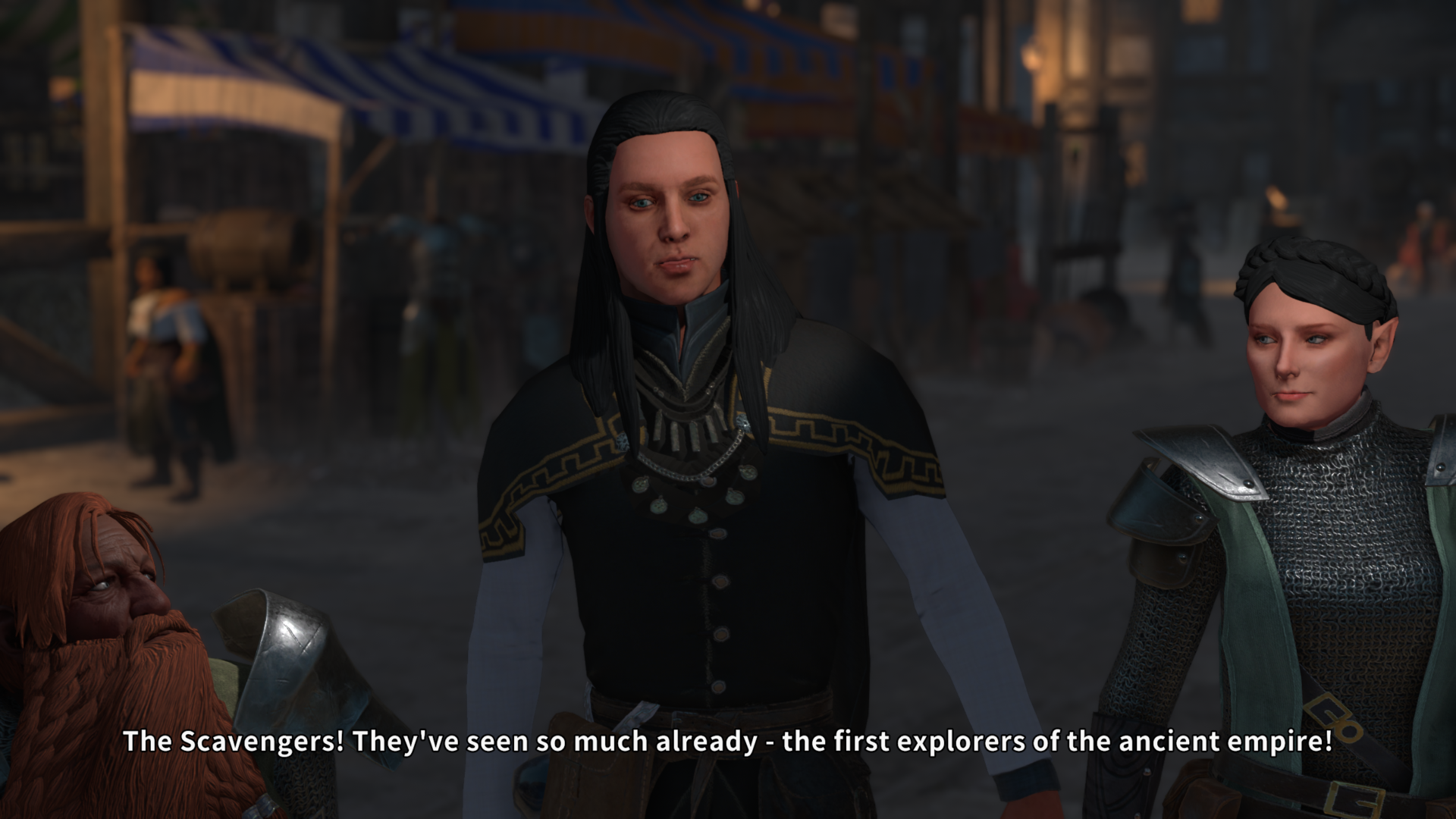
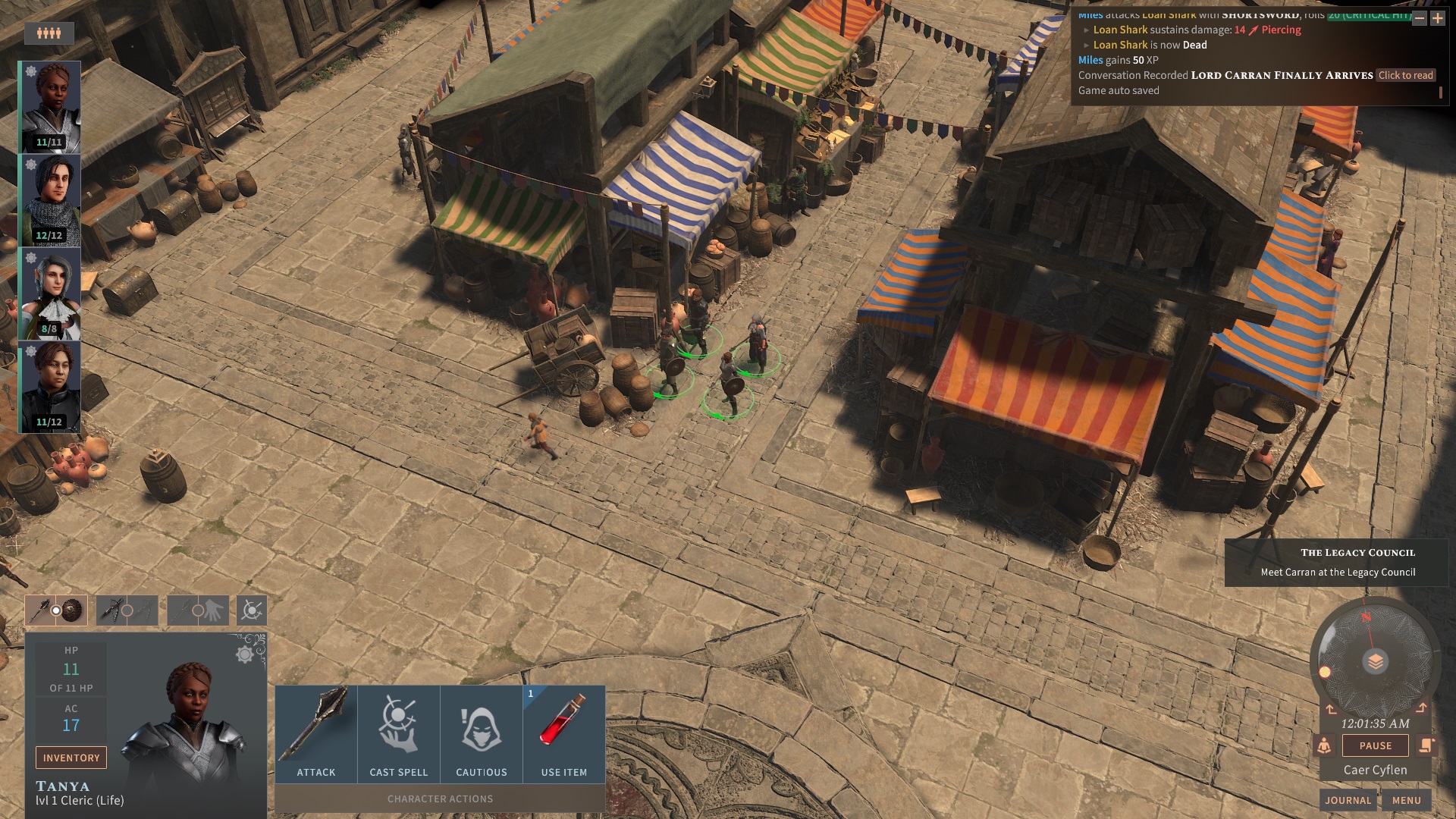
Besides that, some minor hiccups can be found throughout the game, but nothing major, while optimization can fall short in some areas that are definitely heavier on hardware than others, without appearing visually more complex. But, after playing the game for a long while, I can safely say that Solasta features a clean experience, in which I never encountered game-breaking bugs or crashes.
Verdict
Solasta: Crown of the Magister is an absolute Turn-based RPG gem that came out of nowhere. Besides the weird choice regarding cutscenes and some quirks in the technical aspects, it is hard to find something that I didn’t like in Solasta. Considering that the main campaign takes around 40 hours to beat, that it can be replayed using different parties and that also a dungeon maker is present in the game, I can’t help but recommend this D&D 5e based RPG!

